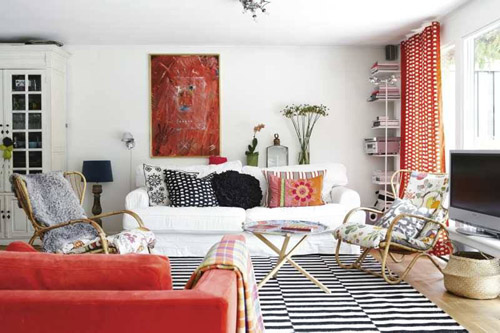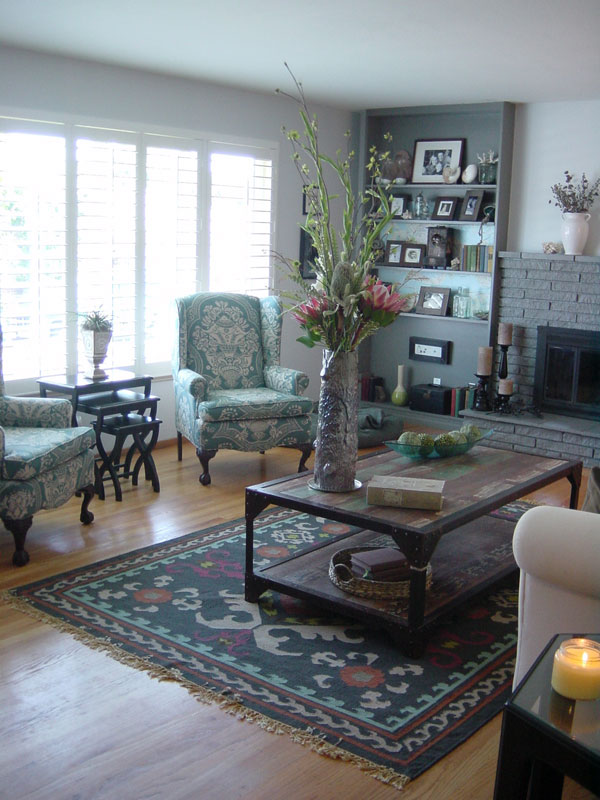
I’ve written before about eclectic style, and it occurred to me that it was definitely time to revisit the topic. With the increasing popularity of HGTV, and a slew of shows like Design on a Dime, Dear Genevieve, and even American Pickers, people are more daring than ever when it comes to tackling their own decorating. The great thing about this is that people are getting better at defining what they love, and how they want their space to feel. The bad thing about this is that many people end up with a clutter-filled home, born of their honest attempt at creating an eclectic environment.
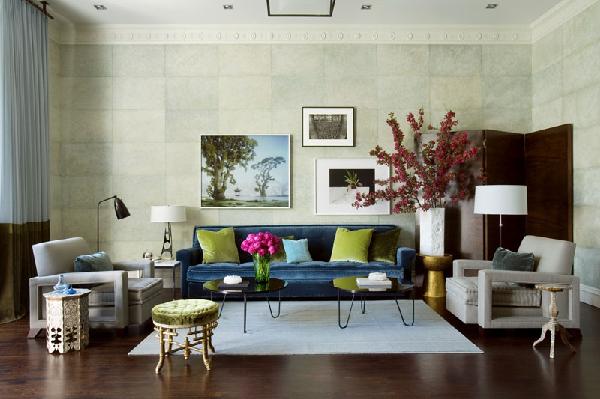
An eclectic aesthetic is simply a mixture of periods and styles combined in a way that feels both warm and carefully curated. The look is one of a well-traveled, interesting, curious, and fashionable soul. It’s mixing pieces that in any other circumstance would be hideous in the same room. Getting the mix right isn’t easy. In fact, creating a stylish eclectic space is actually a practiced art. It’s a thin line between “What the f*&k is that?!” and “Wow!”
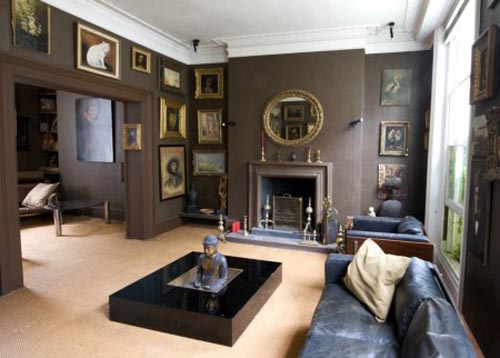
Strangely, when you do a search for “eclectic rooms” on Google, a large percentage of images are either crazy-colorful, or totally feminine. To me, an eclectic room should be an equal mix of feminine and masculine. I think it’s a misnomer to call a really funky, color-spalshed, bohemian room an “eclectic” room. I mean, it can be eclectic, but that style isn’t indicative of eclectic – if that makes sense. The room above is as heavy on the masculine, as it is on the zen, but it’s truly eclectic. The mix of styles, periods, and pieces defines that. If it were to have more rustic metal and a few mechanical objects, it would be more industrial-eclectic. The room feels sexy and warm to me.
Ethnic rooms can also be confused with eclectic. However, rooms with a touch of ethnic, mixed with other styles – like the touch of Moroccan/Indian above – are truly eclectic. The mix of rattan, a tailored-but-slipcovered sofa, a graphic dhurri, funky pillows, and sleek electronics, creates a perfect look. Creating the look above might seem easy, but the designer did a great job of editing, and actually used quite a few things from the same color families – cream, black and white, paprika, light wood – to keep it all consistent and clean. Going out to and buying 75 random throw pillows from World Market isn’t going to create the same feel. The size and shape of your space, your ability to add and subtract objects, and your sense of color harmony and space planning are all integral parts of creating a comfortable and beautiful space.
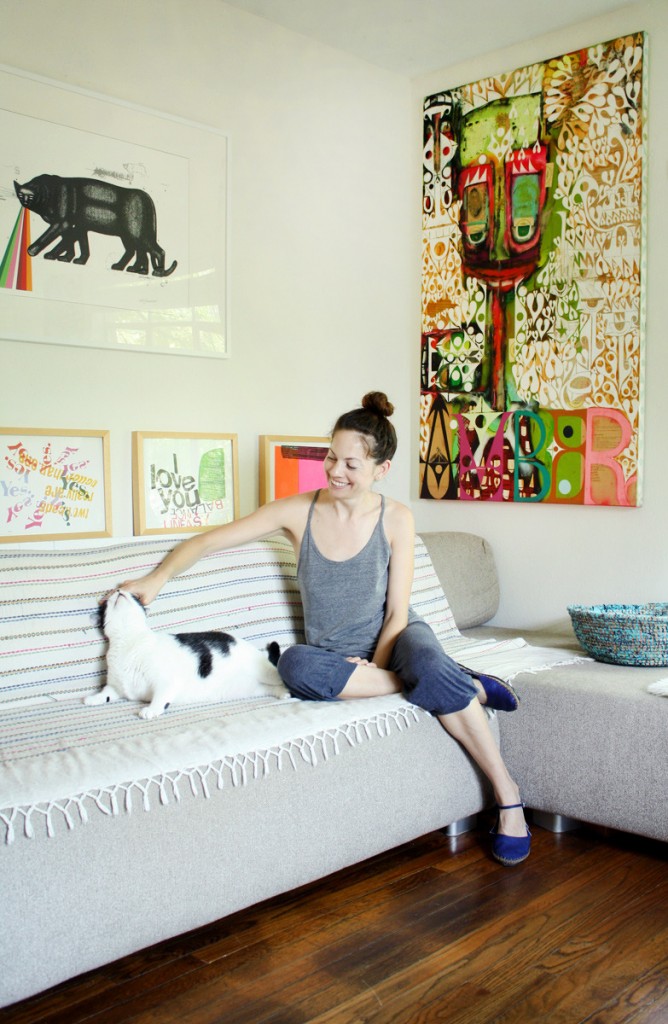
What I love about this room is that the art is eclectic, which, in turn, makes the space eclectic. A mixture of modern and vintage pieces, bold and muted colors, framed and unframed art, can set the tone for the entire space.
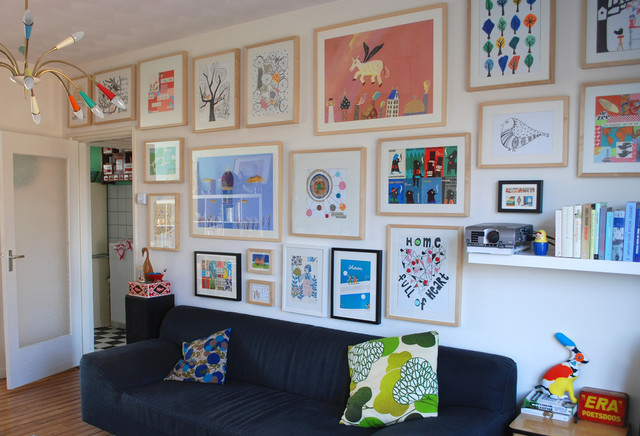
Again, it’s important to remember that throwing a bunch of images up on the wall can look like a total mess unless the pieces are laid out in a way that works with the context of the room. The room above has nicely spaced prints that have a good geometry.
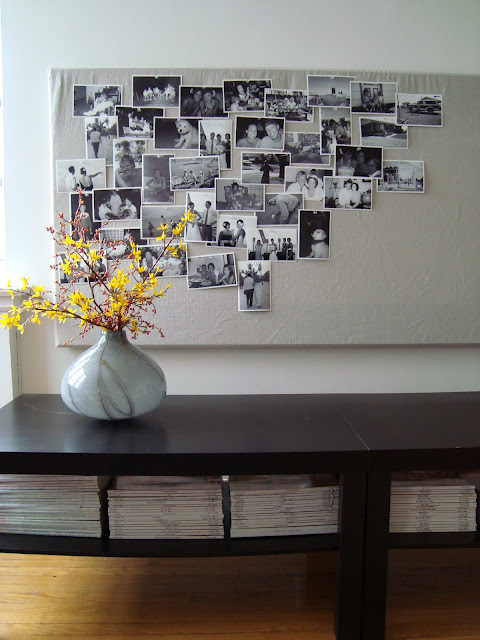
Even though the photos in this image above are overlapping, they are all black and white, similar in size, and contained within/on a fabric wrapped frame. It keeps the whole display tight and meaningful. I don’t think anything takes me longer than hanging art. It can be a frustrating process of moving one picture over an inch – again and again – to get it just right. There has to be some sort of vision in place to make it all work.
 Accessorizing is just as important as selecting the foundation pieces when it comes to designing a room. In the picture above, the desk and chair set a traditional tone, while the layered carpets add a bohemian touch. The accessories on the desk, mixed with the art, create an overall eclectic feel. Antique-style glass domes, brightly colored rustic frames, a silver modern lamp, a large mirror, framed black and white photography – it’s all harmonious and orderly. The way everything is staged against the back wall and the thoughtful spacing, keep this from being a total mess. Adding any more to it would make it cluttered.
Accessorizing is just as important as selecting the foundation pieces when it comes to designing a room. In the picture above, the desk and chair set a traditional tone, while the layered carpets add a bohemian touch. The accessories on the desk, mixed with the art, create an overall eclectic feel. Antique-style glass domes, brightly colored rustic frames, a silver modern lamp, a large mirror, framed black and white photography – it’s all harmonious and orderly. The way everything is staged against the back wall and the thoughtful spacing, keep this from being a total mess. Adding any more to it would make it cluttered.
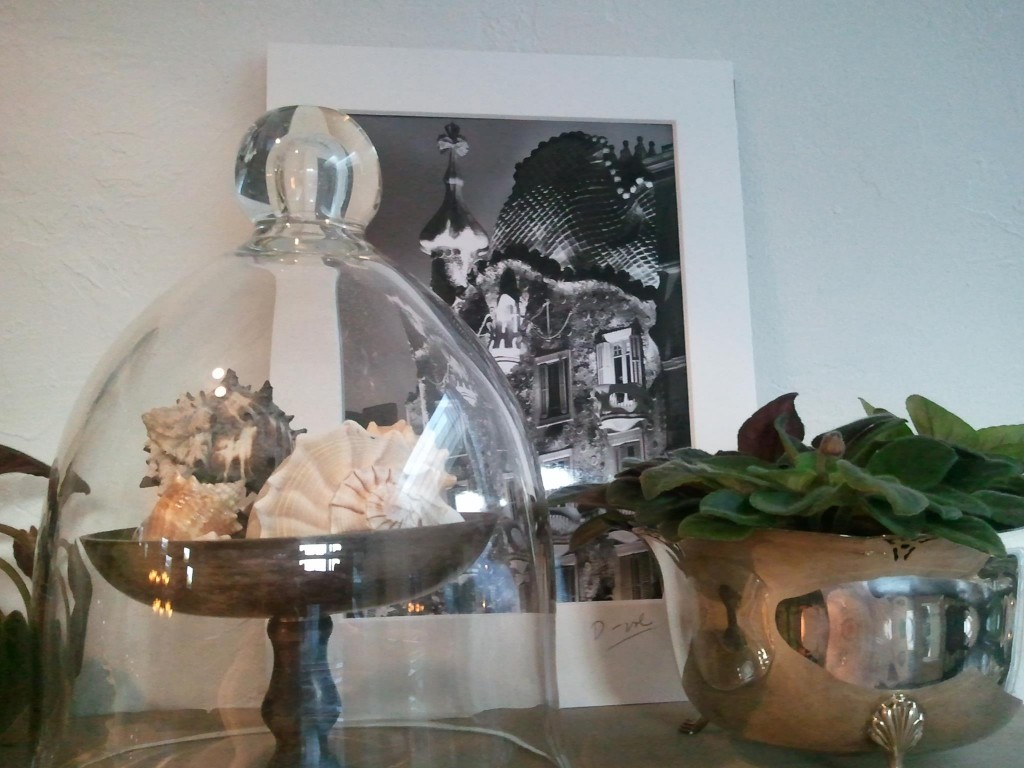
On one of the shelves I designed for the Kittredge family, I mixed meaningful objects from their lives to create an eclectic vignette – an antique silver sugar bowl planted with an African Violet from their plant collection, shells from the great-grandparents, a photo of Gaudi architecture bought on a trip to Barcelona, and a pewter candy dish from the grandparents covered in a new cloche.
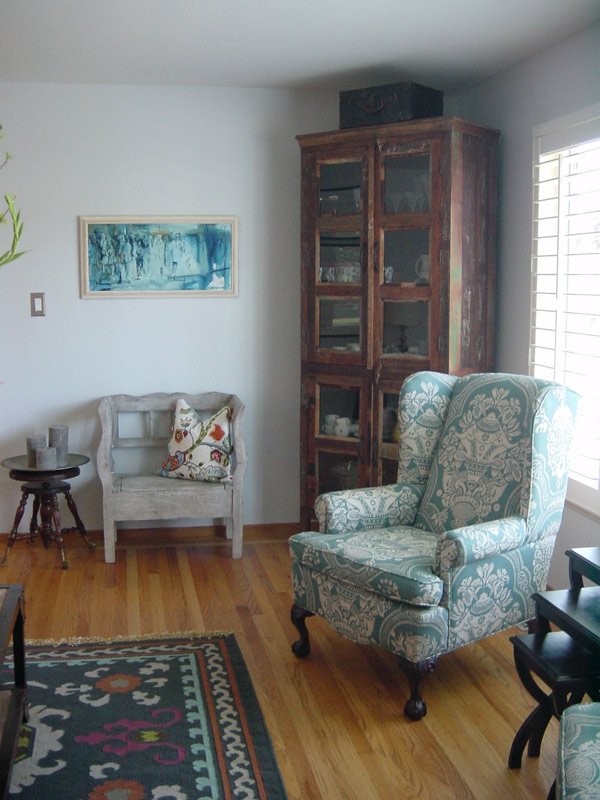
In designing Janel and David Lehman’s living room, I mixed a reclaimed wood cabinet filled with family heirlooms, a piece of art David’s mother painted, a new bench seat, an antique piano stool topped with a silver tray and candles, a set of new nesting tables and two wing back chairs we got in a trade and had recovered in a modern print. To get to this point, we had to massively edit what had been there previously. They absolutely knew how they wanted their space to look and feel but could not stitch it all together. Sometimes it’s best to call in a professional even if it’s just to help point you in the right direction. One of the mantras I share with my clients is that it’s okay to love everything you see, you just can’t buy everything and stick it in the same space. Some things just can’t live with other things properly.
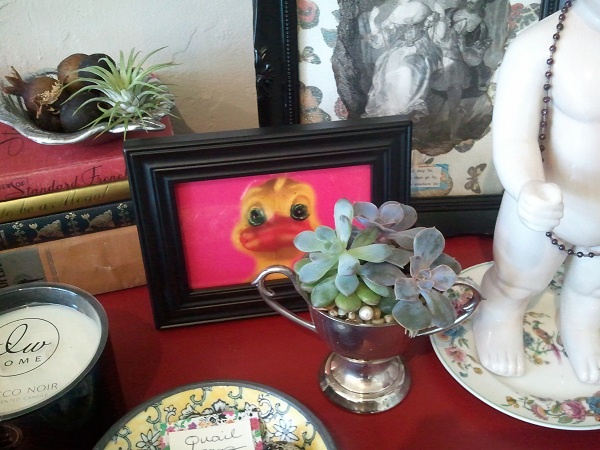
I’m a little more free with my mix-and-match style at the shop, but it’s still carefully constructed. I am mad about this weird duck on the hot pink background but I knew that in order for it to work, it had to be grouped with less crazy objects, like the sterling sugar bowl planted with succulents, on a red Asian cabinet, next to a stack of vintage books. Granted, there is a very odd ceramic baby statue in front of it but still, it all works.
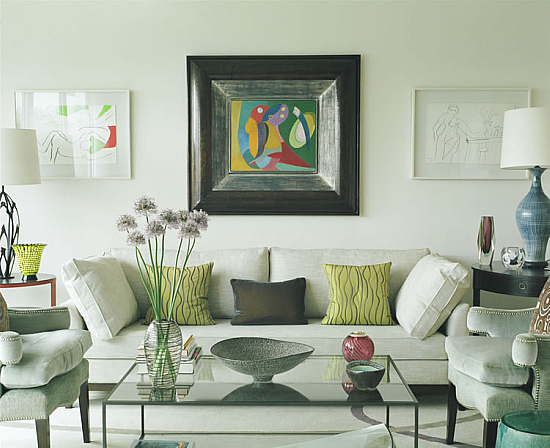
The best advice I can give in regards to creating a beautiful eclectic space, is to have a clear vision of what you’d like it to look like. Use design magazines, books, and blogs as inspiration. If there are things you’ve brought into your home in hopes of creating a look, but they didn’t work out, return, sell or donate them. If there are things you just hate, remove them. Only things you love, use, and need, should be in any space in your home. When you are left with only things you truly value, adding them back in to your design will be much easier and have a bigger impact.
All the best to you!
Melisa
Return to Main Site

